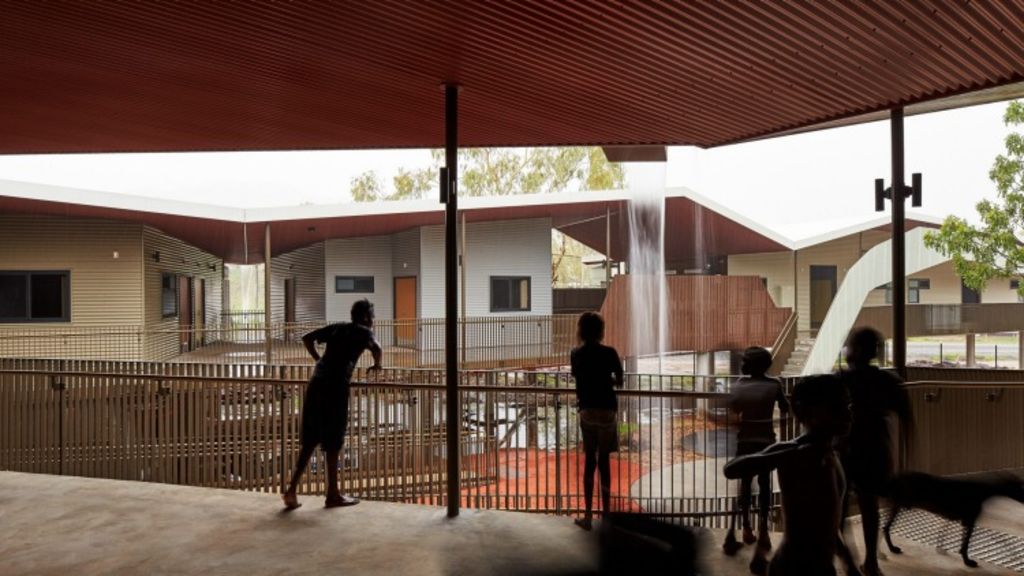
WA indigenous building wins national sustainability award
A remote regional aged-care facility in WA has been declared “the epitome of sustainability”, earning a national award for a Perth architectural firm.
Judges of the 2015 Sustainability Awards said the Iredale Pedersen Hook project at Warmun, about 3000km north-east of Perth in the Kimberley region, had gone beyond “the common consideration of energy performance and environmental sustainability”.
Walumba Elders’ Centre, a corrugated iron-clad building at the hub of the 350-strong Gija community, was seen to fulfil the design brief by performing environmentally, energetically, socially, culturally and spiritually.
Judges awarded the project the Multi-Density Residential prize.
“Here is a building which does all of the important things really well and is the epitome of sustainability,” the judges said.
“Though there were many candidates for the overall award, the Walumba Elders’ Centre stole the show as it demonstrates the skills and understanding required to design truly sustainable buildings.”

The 12-bed building, which includes three bedrooms for staff, replaced a previous aged-care hostel which was destroyed in a catastrophic flood in 2011 along with most of the community’s buildings.
The Walumba centre was completed in 2014. Its form is the result of close collaboration between architects, elders and the indigenous council, who chose to site it near to the school so the elders would be in the heart of the community.
“For the Gija (traditional owners of the Bungle Bungles), it also had spiritual and cultural significance,” project design director Finn Pedersen said.
As well as housing elderly people of both sexes – a situation that called for cultural considerations of gender separation – placing the building at the township’s core was also about aiding cross-generational transmission of Gija lore, language and traditional practices.
The building also needed to facilitate funerary or “sorry business” practices.
“The idea was for people to be able to visit the elders,” Pedersen said.
“And on the veranda we constructed a concrete sleeve so that fire and smoking ceremonies could also be conducted.”

The building was raised because the site is on the flood plain. The stilts allow breeze paths in a hot climate and daytime activities can take place in the shade below the building.
“In some senses we see the centre as a metaphorical bridge,” Pedersen said.
“But it developed – as do all our buildings – as a response to landscape and to sustainability aspects, which are vital.
He said what was especially gratifying about the award, the latest in a string of accolades garnered by the Walumba centre, “was for it to be talked about in terms of its cultural sustainability”.










